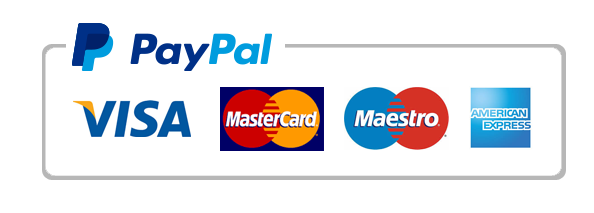I’m working on a health & medical discussion question and need the explanation and answer to help me learn.
Discuss the most effective levels of engagement that nurses can provide communities?
Expert Solution Preview
Introduction:
As nurses play a pivotal role in healthcare, their level of engagement with communities is crucial in promoting health and well-being. Effective engagement involves actively participating in community outreach, implementing preventive measures, providing education, and advocating for the community’s health needs. In this answer, we will discuss the most effective levels of engagement that nurses can provide to communities.
Answer:
Nurses can have a significant impact on communities by engaging with them at various levels. The most effective levels of engagement include:
1. Individual level engagement:
At the individual level, nurses can establish strong relationships with community members by providing direct care and support. This can be achieved through home visits, community clinics, or participating in health fairs. By actively listening to individual concerns, addressing their healthcare needs, and providing personalized care, nurses can build trust and foster a sense of community ownership over health.
2. Community level engagement:
Nurses can engage with communities by actively participating in community-based organizations, such as local health committees or non-profit organizations. By collaborating with community leaders and members, nurses can identify the unique health challenges and needs of the community. They can then work together to develop targeted interventions and initiatives that address these needs and improve overall health outcomes.
3. Policy level engagement:
Through their knowledge and expertise, nurses can engage at the policy level by advocating for policies that promote health equity and social justice. This can involve participating in local and national healthcare committees, engaging in health policy research and analysis, and initiating policy dialogues. Nurses can influence policy decisions by advocating for increased access to healthcare services, improved health infrastructure, and the implementation of evidence-based practices.
4. Education and empowerment:
One of the most effective ways nurses can engage communities is through education and empowerment. By providing community members with health education programs, workshops, and resources, nurses can empower individuals to take control of their own health and make informed decisions. This can include topics such as disease prevention, healthy lifestyle choices, and management of chronic conditions. Educational initiatives can be tailored to the specific needs and cultural context of the community to maximize their impact.
5. Collaborative partnerships:
Nurses can engage with other healthcare professionals, social workers, educators, and community leaders to form collaborative partnerships. By working together, they can pool their resources, knowledge, and expertise to create comprehensive and sustainable healthcare solutions. Collaborative partnerships can enhance the effectiveness of community engagement efforts by leveraging the strengths of each stakeholder and promoting a holistic approach to community health.
In conclusion, effective engagement by nurses at various levels is essential for promoting the health and well-being of communities. By actively participating in community outreach, implementing preventive measures, providing education, and advocating for the community’s health needs, nurses can make a significant impact on community health outcomes. Through individual, community, policy, educational, and collaborative efforts, nurses can enhance community engagement and contribute to the overall health and wellness of the population they serve.



